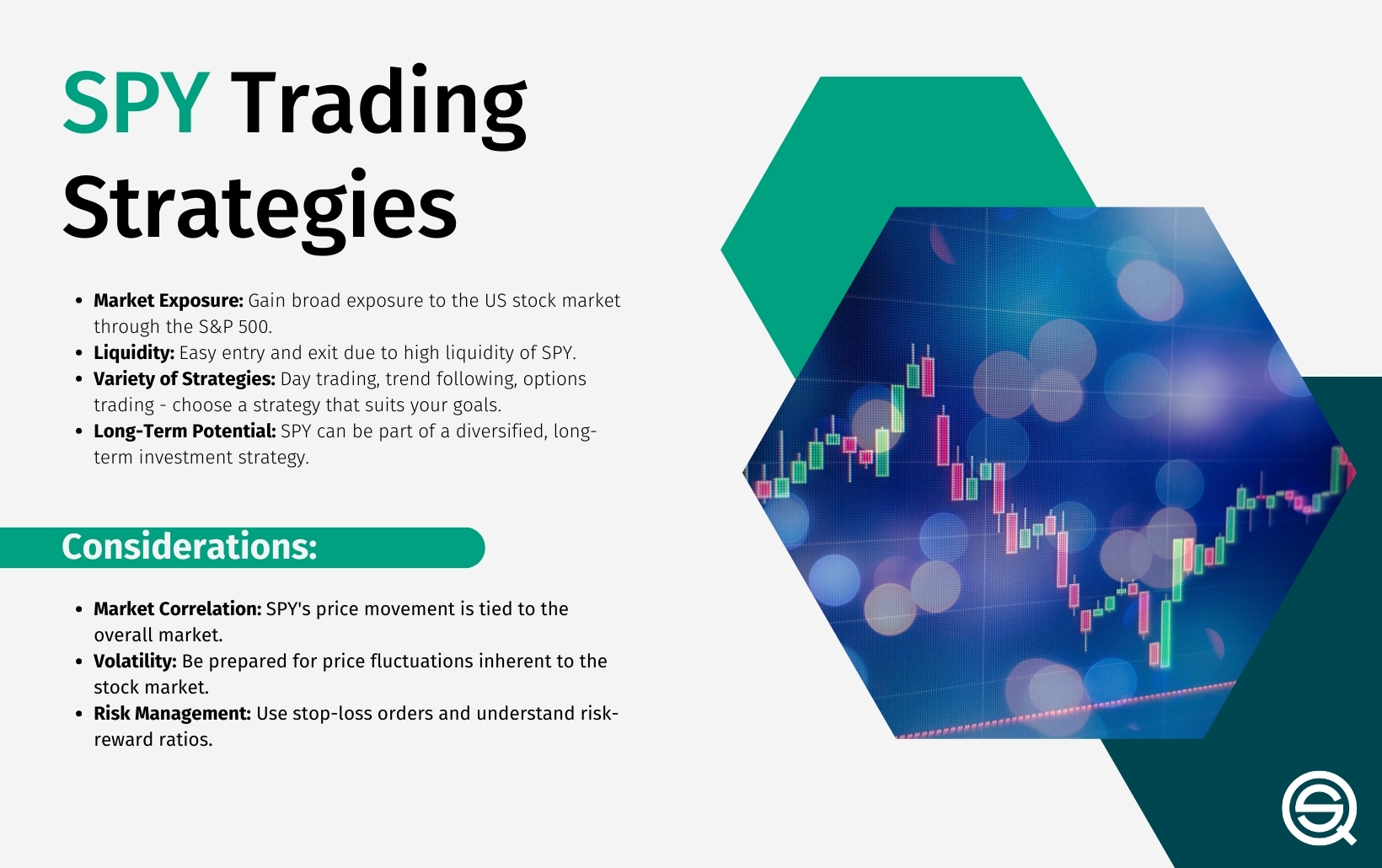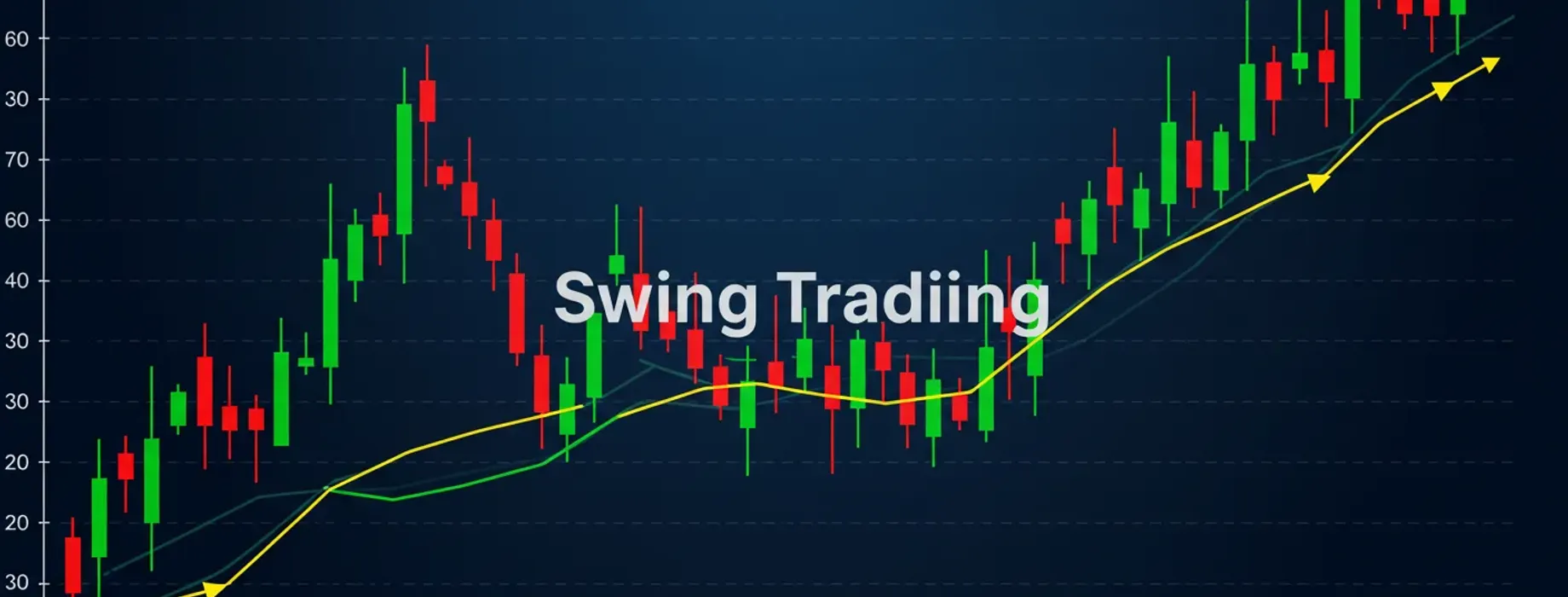Did you know that trading without a risk management strategy is like going to a buffet with no idea how to pace yourself—you're bound to overindulge and regret it later? In this article, we delve into the essential role of risk management in day trading strategies. You’ll discover what risk management truly means, how to minimize losses, and the best strategies to protect your capital. We'll explain the mechanics of stop-loss orders and position sizing, assess risk tolerance, and highlight the importance of diversification. Learn about risk-reward ratios, common pitfalls, and how to craft an effective risk management plan. Additionally, we’ll cover tools that can assist you, the impact of leverage, and how market conditions play a role in your strategies. Finally, beginners will find tailored tips for managing risk effectively. With insights from DayTradingBusiness, you’re sure to enhance your trading discipline and decision-making.
What is risk management in day trading?
Risk management in day trading involves strategies to minimize potential losses while maximizing profits. Key components include setting stop-loss orders, determining position size based on account equity, and diversifying trades. Traders often use a risk-reward ratio to evaluate potential trades, ensuring that the possible reward outweighs the risk taken. Additionally, maintaining discipline and adhering to a trading plan are crucial for managing emotional responses to market fluctuations.
How can I minimize losses in day trading?
To minimize losses in day trading, implement strict risk management strategies. Set a maximum loss per trade, typically 1-2% of your trading capital. Use stop-loss orders to automatically exit losing trades. Diversify your trades to avoid concentration risk. Regularly review your trades to identify patterns and mistakes. Stick to your trading plan and avoid emotional decisions. Lastly, maintain a healthy balance between risk and reward in your strategies.
What are the best risk management strategies for day traders?
The best risk management strategies for day traders include:
1. Setting a Risk Limit: Define the maximum percentage of your capital you're willing to risk on a single trade, typically 1-2%.
2. Utilizing Stop-Loss Orders: Always place stop-loss orders to automatically exit losing trades and minimize losses.
3. Position Sizing: Calculate the appropriate position size based on your risk tolerance and the distance to your stop-loss.
4. Diversification: Avoid putting all your capital into one trade; spread risk across different assets.
5. Risk-Reward Ratio: Aim for a favorable risk-reward ratio, ideally 1:2 or higher, to ensure potential gains outweigh risks.
6. Avoiding Leverage: Use leverage cautiously; it can amplify losses as well as gains.
7. Regularly Reviewing Trades: Analyze past trades to identify mistakes and refine strategies, enhancing future decision-making.
Implementing these strategies can help day traders protect their capital and improve overall profitability.
How do stop-loss orders work in day trading?
Stop-loss orders in day trading are designed to limit losses on a position. When you set a stop-loss order, you specify a price at which your position will automatically sell if the market moves against you. For example, if you buy a stock at $50 and set a stop-loss at $48, the order triggers a sell if the stock drops to $48. This helps manage risk by preventing larger losses and protecting your capital. Day traders often use stop-loss orders to maintain discipline and adhere to their trading strategy.
What is position sizing in day trading risk management?
Position sizing in day trading risk management refers to determining the amount of capital to allocate to a single trade based on your risk tolerance and the specific trade setup. It involves calculating the size of your position to limit potential losses to a predetermined percentage of your trading account, typically between 1% to 3%. This strategy helps protect your capital while allowing for consistent growth over time. Proper position sizing ensures that no single loss can significantly impact your overall account balance.
How can I assess my risk tolerance for day trading?
To assess your risk tolerance for day trading, start by evaluating your financial situation. Determine how much capital you can afford to lose without impacting your lifestyle. Next, reflect on your emotional responses to losses; if volatility makes you anxious, consider a lower risk tolerance. Use a risk assessment questionnaire or tools that gauge your comfort level with different loss scenarios. Finally, consider your trading experience—less experienced traders may need to be more conservative. Set specific risk parameters for each trade, such as a maximum percentage of your capital you're willing to risk, and stick to them.
What role does diversification play in day trading risk management?

Diversification in day trading risk management helps spread risk across different assets, reducing the impact of a poor-performing trade. By investing in various stocks, currencies, or commodities, traders can avoid significant losses from a single asset’s downturn. This strategy balances the portfolio, as gains in some trades can offset losses in others. Additionally, diversification allows traders to capitalize on different market trends, enhancing overall profitability while mitigating risk.
How can I use risk-reward ratios in my trading?
To use risk-reward ratios in your trading, first determine your entry point and stop-loss level. Calculate the potential loss (risk) and potential profit (reward) for a trade. A common ratio is 1:2, meaning for every dollar risked, aim for two dollars in profit. This helps ensure that your winning trades compensate for losing ones. Adjust your strategy based on the ratio; if it's too low, reconsider the trade. Keep track of your ratios across trades to refine your approach and improve your overall risk management in day trading.
What are the common mistakes in risk management for day traders?

Common mistakes in risk management for day traders include:
1. Ignoring Stop-Loss Orders: Failing to set or follow stop-loss orders can lead to significant losses.
2. Overleveraging: Using too much leverage increases risk and can wipe out accounts quickly.
3. Neglecting a Trading Plan: Trading without a clear plan can result in emotional decisions and inconsistent results.
4. Risking Too Much Capital: Betting more than 1-2% of your capital on a single trade can jeopardize your account.
5. Chasing Losses: Trying to recover losses by increasing position sizes can lead to deeper losses.
6. Lack of Diversification: Concentrating too much on a single asset can increase risk exposure.
7. Failing to Adapt: Not adjusting strategies based on market conditions can lead to missed opportunities and increased risk.
How can I develop a risk management plan for day trading?
To develop a risk management plan for day trading, follow these steps:
1. Determine Risk Tolerance: Assess how much capital you can afford to lose on each trade. A common guideline is to risk no more than 1-2% of your trading capital on a single trade.
2. Set Stop-Loss Orders: Establish stop-loss levels for every trade. This automatically limits your losses if the market moves against you.
3. Position Sizing: Calculate your position size based on your risk tolerance and the distance between your entry point and stop-loss. Use position sizing formulas to ensure consistent risk across trades.
4. Diversify Trades: Avoid putting all your capital into one trade or asset. Diversify across different stocks or sectors to spread risk.
5. Use Risk-Reward Ratios: Aim for trades with a favorable risk-reward ratio, typically at least 1:2. This ensures potential rewards outweigh the risks.
6. Keep Emotions in Check: Stick to your plan. Avoid emotional trading decisions that deviate from your strategy.
7. Review and Adjust: Regularly analyze your trades, assess what works, and refine your plan based on performance and changing market conditions.
Implementing these strategies will help you manage risk effectively in day trading.
Learn about How to Develop a Risk Management Plan for Day Trading
What tools can help me manage risk in day trading?
To manage risk in day trading, consider these tools:
1. Stop-Loss Orders: Automatically sell a stock when it hits a certain price to limit losses.
2. Position Sizing Calculators: Determine how much capital to allocate for each trade based on your risk tolerance.
3. Risk/Reward Ratio Calculators: Help assess potential profit against potential loss for each trade.
4. Trading Journals: Track trades to analyze performance and refine strategies.
5. Stock Screeners: Identify stocks with favorable volatility and liquidity for day trading.
6. Technical Analysis Tools: Use charting software to spot trends and make informed decisions.
7. Market News Feeds: Stay updated on economic events and news that could impact stock prices.
Incorporating these tools can enhance your risk management strategy in day trading.
Learn about How Do Institutional Traders Manage Risk During Day Trading?
How can emotional discipline improve my risk management?
Emotional discipline enhances risk management in day trading by preventing impulsive decisions based on fear or greed. It helps you stick to your trading plan, ensuring you adhere to stop-loss orders and position sizes. This consistency reduces the likelihood of significant losses and encourages a more analytical approach to evaluating trades. By managing your emotions, you can maintain focus, make rational choices, and improve overall trading performance.
What is the impact of leverage on risk in day trading?
Leverage amplifies both potential gains and losses in day trading. When you use leverage, a small price movement can lead to significant profit or loss. This increases the risk, as you may quickly incur losses that exceed your initial investment. Effective risk management strategies, like setting stop-loss orders and limiting leverage, are essential to mitigate these risks. Therefore, while leverage can enhance returns, it also heightens the risk of substantial financial loss.
Learn about How does leverage impact stop-loss risk in day trading?
How do market conditions affect risk management strategies?

Market conditions significantly impact risk management strategies in day trading. In volatile markets, traders may adopt tighter stop-loss levels to protect against rapid price swings, while in stable markets, they might allow for wider stops to capture larger moves.
During bullish trends, risk appetite can increase, leading traders to allocate more capital to positions. Conversely, in bearish or uncertain conditions, they often reduce exposure and focus on preserving capital.
Liquidity also plays a role; in thin markets, slippage can increase, prompting traders to adjust their entry and exit strategies. Overall, adapting risk management tactics to current market conditions is crucial for maintaining profitability and minimizing losses.
Learn about How Does Market Microstructure Affect Day Trading Strategies?
What should I consider when choosing a day trading broker for risk management?
When choosing a day trading broker for risk management, consider the following:
1. Margin Requirements: Look for brokers with favorable margin policies to maximize your buying power while managing risk.
2. Commission Fees: Lower commissions can reduce costs, allowing you to manage your capital more effectively.
3. Trading Platform: Ensure the platform offers real-time data, advanced charting tools, and risk management features like stop-loss orders.
4. Regulation and Security: Choose a regulated broker to protect your funds and ensure fair practices.
5. Customer Support: Reliable support can help resolve issues quickly, minimizing potential losses.
6. Educational Resources: Access to risk management education can enhance your trading strategies.
7. Withdrawal Policies: Understand withdrawal terms to ensure quick access to your funds when needed.
Evaluating these factors will help you select a broker that aligns with your risk management goals in day trading.
Learn about How Can AI Help in Day Trading Risk Management?
How Can Beginners Effectively Manage Risk in Day Trading Strategies?
Risk management in day trading strategies involves setting stop-loss orders, determining position sizes based on account equity, and diversifying trades to minimize losses. Focus on maintaining a risk-reward ratio of at least 1:2, and avoid risking more than 1-2% of your capital on a single trade. Regularly review and adjust your strategies based on performance data.
Learn more about: Day Trading Strategies for Beginners
Learn about How to evaluate leverage risk in day trading strategies?
How can backtesting improve my risk management approach in day trading?
Backtesting can enhance your risk management in day trading by allowing you to evaluate the effectiveness of your strategies using historical data. It helps identify potential losses and gains, refine stop-loss and take-profit levels, and assess the overall risk-reward ratios. By simulating trades, you can understand how your strategy performs under different market conditions, enabling you to adjust your position sizing and risk exposure accordingly. This empirical approach provides insights that can lead to more informed decision-making and greater consistency in managing risk.
Learn about How can poor risk management lead to losses in day trading?
Conclusion about Risk Management in Day Trading Strategies
Effective risk management is crucial for success in day trading. By understanding concepts like stop-loss orders, position sizing, and risk-reward ratios, traders can minimize losses and protect their capital. Diversifying investments and maintaining emotional discipline further enhance risk management strategies. Tools and techniques, including backtesting, can refine your approach and adapt to changing market conditions. For those seeking comprehensive guidance, DayTradingBusiness offers valuable resources to help you develop a robust risk management plan tailored to your trading style.
Learn about Day Trading Patterns and Risk Management Strategies